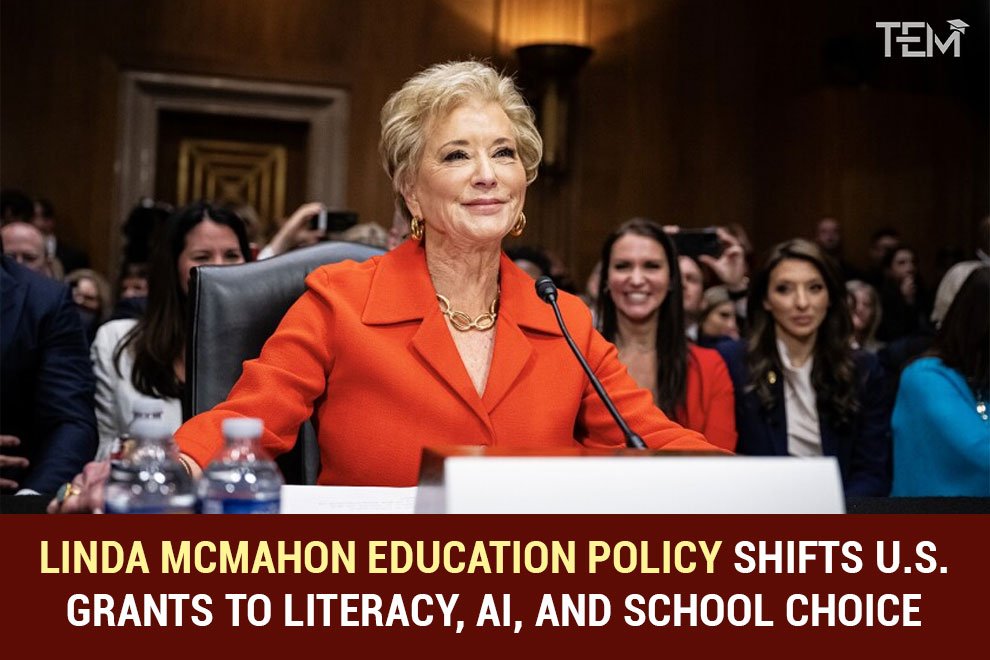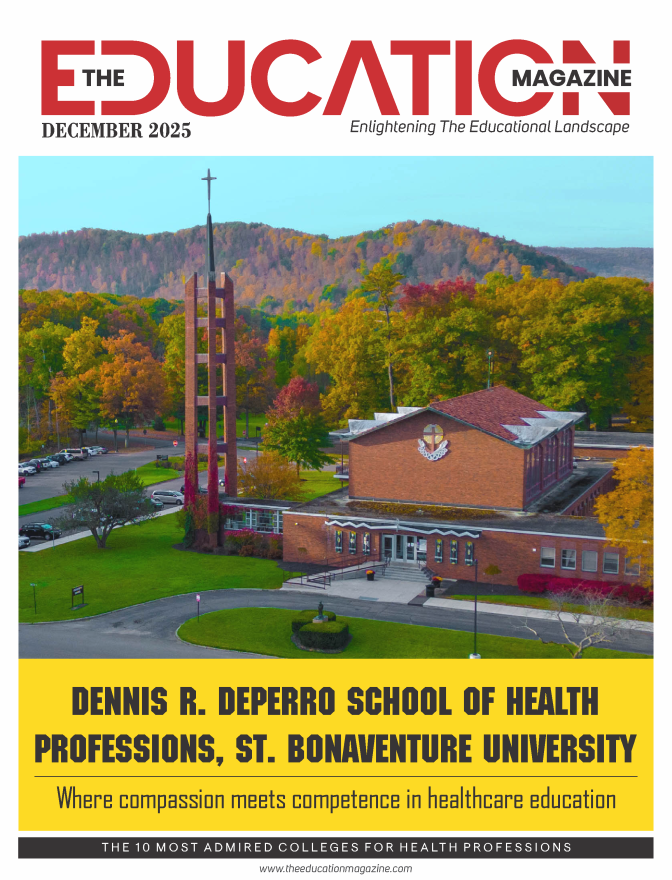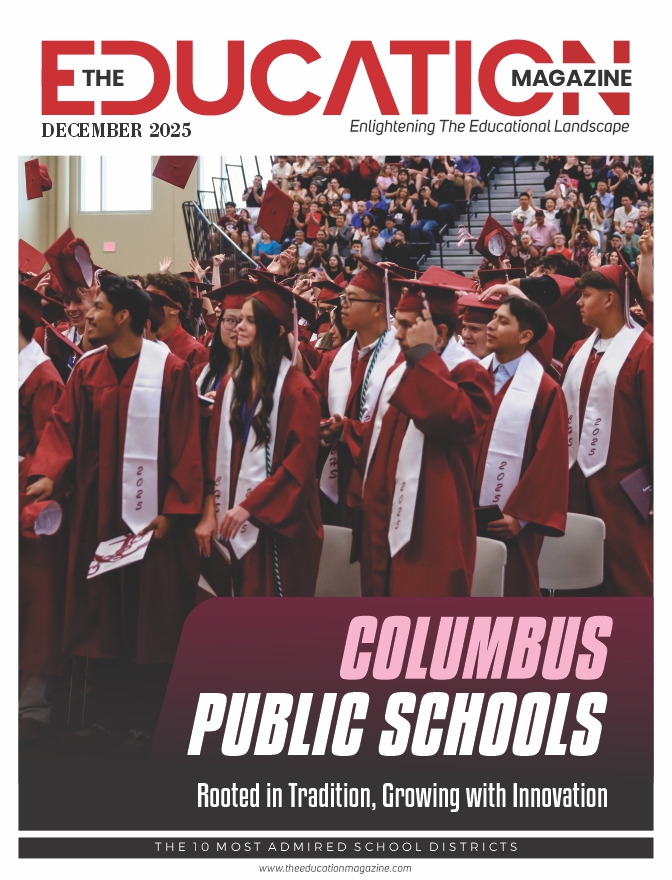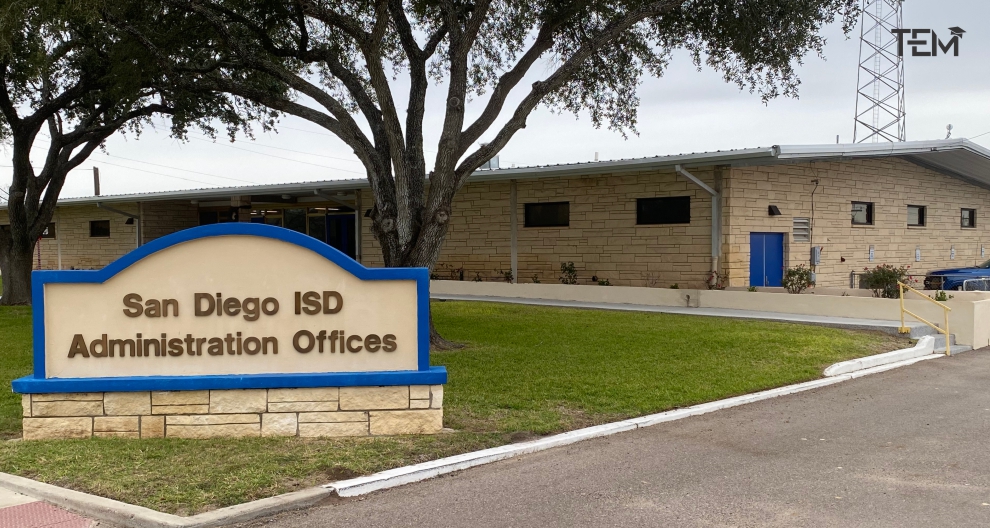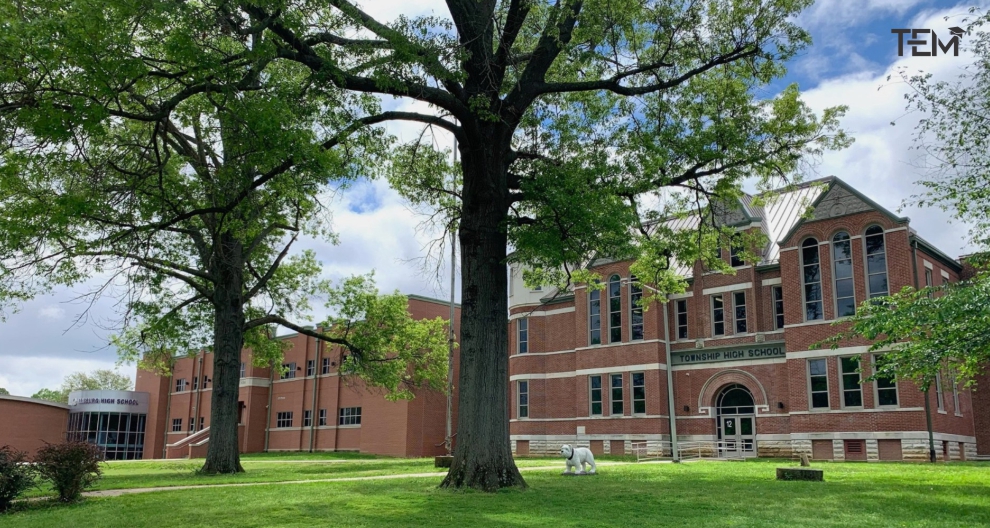The Education Magazine
May 22, 2025
U.S. Secretary of Education Linda McMahon has announced sweeping changes to the Department of Education’s discretionary grant priorities, marking a pivotal shift in how federal funding will be allocated to schools and educational programs nationwide.
The new Linda McMahon education policy emphasizes early literacy improvement, expanded school choice, and the integration of artificial intelligence (AI) into teaching and learning. During a keynote address at the American Enterprise Institute, McMahon announced this policy and outlined a future-focused vision for American education.
“It’s time we align our funding with what truly drives long-term student success—literacy, innovation, and empowered families,” said McMahon. “Our education system must evolve to meet the demands of the 21st-century economy.”
The Department of Education’s revised guidelines for 2025–26 will prioritize grant proposals that focus on:
- Improving K–3 reading proficiency rates
- Scaling access to charter and private school programs
- Integrating artificial intelligence tools into curriculum design and teacher training
What’s Changing
The policy update will directly influence how $25 billion in federal education grants are distributed each year. Programs that prioritize K–3 reading skills, utilize AI in the classroom, or promote alternative education pathways such as charter and private schools will receive preferential consideration.
The Linda McMahon education policy stands in contrast to previous models that focused heavily on standardized testing metrics and centralized oversight. Her office is shifting toward state-level control, a move that supporters argue will improve flexibility and innovation at the local level.
“This policy embraces innovation without abandoning accountability,” said Ravi Patel, senior policy analyst at the Education Innovation Council. “AI tools and customized instruction will be game-changers, especially in literacy.”
Reactions Across the Spectrum
Advocacy groups backing parental rights and school choice have praised the move.
“We’re finally seeing federal leadership that puts families first,” said Kimberly Owens, Director of the Parent Power Coalition. “This is about breaking down the bureaucratic walls that limit opportunity.”
But educators and public school administrators expressed concern that the policy could widen the gap between well-resourced and underfunded districts.
“The goals sound good on paper, but without clear support for public schools, we risk further inequity,” warned Dr. Elena Ruiz, Superintendent of Chicago Public Schools.
Data and Motivation
Recent national literacy scores show that only 1 in 3 fourth graders read proficiently—a statistic that has shown little improvement over the past decade. Officials argue that AI-enabled learning tools, when applied to reading intervention, could dramatically improve those outcomes.
In states like Arizona and Florida, where school choice and tech adoption are already widespread, pilot programs aligned with the Linda McMahon education policy have shown promising early results, with reading scores rising 8–12% over two years.
Impact on EdTech Startups and Innovation
The Linda McMahon education policy is expected to unlock new opportunities for EdTech startups focused on AI-driven learning tools, particularly those tailored to literacy development and personalized instruction.
With federal grants now favoring tech-enabled solutions, early-stage companies in the education space could see a surge in demand from school districts seeking to modernize their classrooms.
Industry analysts predict increased venture funding in education technology as public-private partnerships gain momentum under this new policy direction.
Looking Forward
The Department of Education will begin accepting proposals under the new framework in Q3 2025. An annual impact review will measure literacy improvement, AI integration outcomes, and access equity in participating programs.
As Linda McMahon education policy takes hold, education experts say it could reshape the country’s learning landscape, blending classic skills with modern tools and granting families more say in their children’s academic futures.
Also Read: Shrinking enrollments are forcing local businesses and universities to confront a new reality
